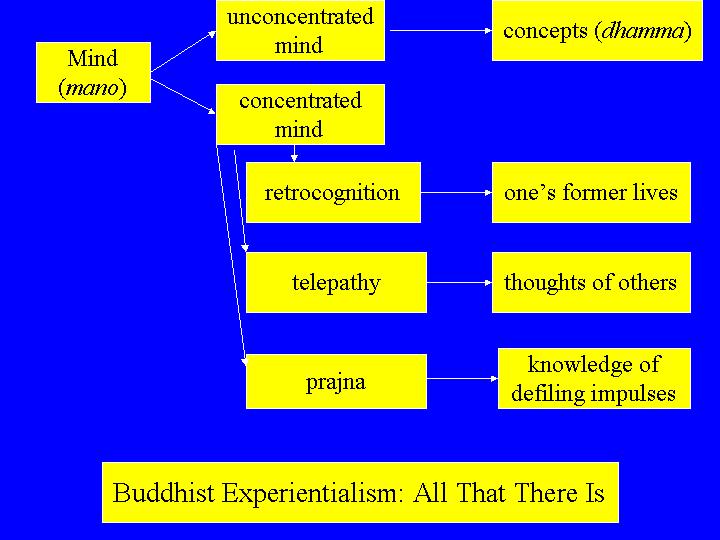
A Mindfulness Approach to Living: Embracing the Four Boundless States of Mind
In a time characterized by rapidity, noise, and distraction, the idea of mindfulness presents a deep and stabilizing option. Instead of being carried away by the pressures of contemporary life, adopting a mindfulness approach encourages us to pause, observe, and forge a genuine connection with the present moment. More than just a method or fad, mindfulness can transform into a lifestyle — one that fosters compassion, emotional stability, and profound happiness.
Central to this path are the Four Boundless States: Loving-Kindness (Metta), Compassion (Karuna), Sympathetic Joy (Mudita), and Equanimity (Upekkha). Grounded in Buddhist thought, these elevated mental states guide us in exploring a vast inner expanse — a domain of thought and feeling that surpasses the limitations of the self.
Let’s delve into how embracing this mindset can lead us to live with greater peace and fullness.
The Path Commences: Being Present
Our minds, with their limitless creativity and ability to reflect on far-reaching ideas like the cosmos or historical events, face a notable obstacle: they frequently find it challenging to stay anchored in the present.
Many of us often dwell on past experiences or look forward to future events. Yet, mindfulness encourages us to fully embrace “now” — to immerse ourselves in the richness of the current breath, the caress of the breeze, the taste of morning coffee. This subtle shift in focus can elevate ordinary experiences into something remarkable.
Nevertheless, for many individuals — particularly those healing from trauma or managing neurodiversity — fully arriving in the present necessitates dedicated inner work. An entry point into this awareness is the practice of the Four Boundless States of Mind.
1. Loving-Kindness (Metta): Healing Through Compassionate Reflection
Loving-kindness meditation, or Metta, involves extending warmth and goodwill — beginning with yourself and then radiating it to others. For those recovering from emotional pain, especially those with roots in childhood trauma, Metta can serve as a potent instrument.
This practice isn’t about justifying harmful actions, but rather liberating oneself from the emotional weight they may continue to exert. For one individual, repeatedly engaging in Metta meditations allowed her to transform a long-standing fear of her parents into a sense of empathy for their struggles. Such an endeavor restores personal autonomy, enabling the heart to open without inviting further harm.
2. Compassion (Karuna): Releasing the Victim Persona
Once Metta is established, compassion naturally follows. In this context, compassion is the ability to recognize suffering — both yours and that of others — without defensiveness or blame.
Compassion flourishes when we loosen our grip on a rigid self-identity. Often, individuals burdened by childhood dysfunction carry ingrained beliefs that they were responsible for the pain of others. Compassion shatters these illusions and creates space to appreciate the complexity of others’ humanity — even those who have inflicted pain upon us. In doing so, we also offer that same non-judgmental understanding to ourselves.
3. Sympathetic Joy (Mudita): A Mindset of Abundance
Mudita may be the least recognized of the Four Boundless States — the happiness we feel in the joy and achievements of others.
However, Mudita is also internal; it allows us to access our own happiness without guilt, hesitation, or dependence on outside circumstances. For someone recovering from years of self-criticism and trauma, rediscovering joy can be a revelation. It’s more than fleeting pleasure — it’s a deep appreciation for existence. Practicing joy mindfully can elevate not just mood but also relieve physical tension and discomfort, restoring the harmony between mind and body through positivity.
4. Equanimity (Upekkha): Finding Calm in the Midst of Turmoil
Lastly, equanimity enables us to navigate life’s ups and downs with equilibrium. It’s not about suppressing emotions but rather maintaining a centered state amidst ever-changing emotional landscapes.
This is profoundly life-affirming for individuals facing ongoing challenges like neurodivergence or PTSD. Though disturbances may still arise, they no longer dominate or define the individual. Equanimity provides freedom from the reactive patterns that once dictated behavior. With this quality, one moves away from the emotional rollercoaster and instead finds tranquility in presence.
The Connection Vibration: Broadening Awareness
Together, these four attributes render mindfulness not merely a technique, but a state of existence. They awaken in us a boundless mind — one that experiences connection, interdependence, and limitless inner expanses. While these states have origins in Buddhist teachings, their significance transcends cultural and traditional boundaries. They represent universal human truths.
It’s essential to acknowledge that this journey isn’t straightforward. Each path complements and reinforces the others. As we nurture kindness, we soften and become open to compassion. As we cultivate joy, equanimity flourishes.